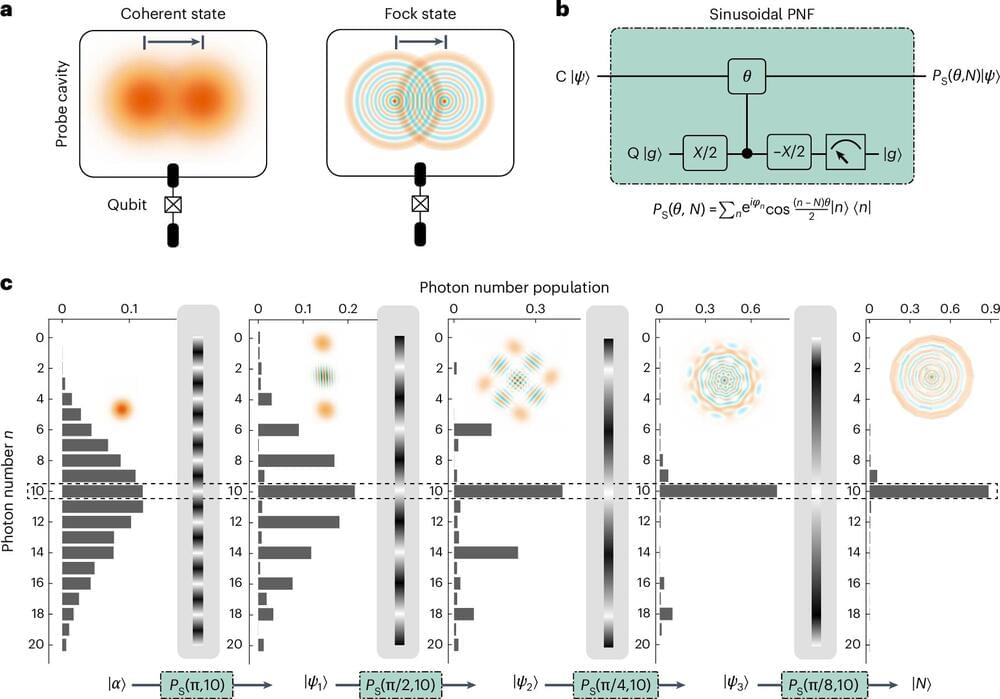A decade after the discovery of the “amplituhedron,” physicists have excavated more of the timeless geometry underlying the standard picture of how particles move.


A decade after the discovery of the “amplituhedron,” physicists have excavated more of the timeless geometry underlying the standard picture of how particles move.

Dataland co-founder Refik Anadol, 38, is a media artist whose “crowd-pleasing – and controversial” works using artificial intelligence have been displayed around the world, including at the Museum of Modern Art in New York, the Serpentine and, most recently, the United Nations headquarters.
In the past two years, Anadol has found himself at the center of debates over the value of AI-generated art, as crowds have been reportedly “transfixed” by his massive interactive digital canvases, while some art critics have panned them as over-hyped and mediocre.
Now Anadol is looking to build artists like himself a permanent exhibition space among some of LA’s most prominent high-culture venues, and he is pledging that the AI art museum will promote “ethical AI” and use renewable energy sources.

A joint research group from China recently achieved the first observation of intrinsic magnetic structures in a kagome lattice by using the highly sensitive magnetic force microscopy (MFM) system of the Steady High Magnetic Field Facility (SHMFF) as well as electron paramagnetic resonance spectroscopy and micromagnetic simulations.

The collecting of highly precise measurements can enable research developments and technological advancements in numerous fields. In physics, high-precision measurements can unveil new phenomena and experimentally validate theories.

The authors of the theoretical work say in their paper, Our work addresses the question: ‘Where does the, famously quantized, charge current flow in a Chern insulator?’
This question received considerable attention in the context of the quantum Hall effect, but the progress there has been hampered by the lack of local probes, and no consensus has emerged so far. The fundamental problem is the following: topological protection is excellent at hiding local information (such as the spatial distribution of the current),—a phenomenon that we call topological censorship.
Two recent experiments, which used local probes to determine the spatial current distribution in Chern insulator heterostructures (Bi, Sb)2Te3, have remedied the dearth of experimental data in the case of the anomalous quantum Hall effect. These experiments reached unexpected, albeit very different, conclusions. Here, we provide the theory explaining one of these experiments.

In nature, photosynthesis powers plants and bacteria; within solar panels, photovoltaics transform light into electric energy. These processes are driven by electronic motion and imply charge transfer at the molecular level. The redistribution of electronic density in molecules after they absorb light is an ultrafast phenomenon of great importance involving quantum effects and molecular dynamics.

Augmented reality (AR) takes digital images and superimposes them onto real-world views. But AR is more than a new way to play video games; it could transform surgery and self-driving cars. To make the technology easier to integrate into common personal devices, researchers report in ACS Photonics how to combine two optical technologies into a single, high-resolution AR display. In an eyeglasses prototype, the researchers enhanced image quality with a computer algorithm that removed distortions.


Extinct volcanoes are hard to study – we never see them erupt. Using a unique experimental technique, we were able to recreate a certain type of extinct volcano in a lab, learning more about the magma these volcanoes produce.
We found that some rare magma types are surprisingly efficient at concentrating rare earth elements. This is a group of metals with crucial applications in several high-tech industries, such as magnets for electric vehicles and wind turbines.
Demand for rare earths is soaring as society moves away from fossil fuels and electrifies energy production and transport. Despite the name, rare earths aren’t particularly rare. The biggest challenge is finding rocks in which these metals are concentrated enough to be economically viable to extract.

An epidemiologist makes the case that a rush of research to stop a swine flu outbreak led to an accidental lab release of an extinct virus. Preparing for one pandemic triggered a different one.